I am trying to develop a scanner that can scan a page of a Passport with the camera.
So from a Passport page like this:

I'd like to crop out the marked part.
I have written code for edge detection using OpenCV which finds the contours and then approximates the largest quadrilateral. Finally it does a 4 point perspective transformation to get a top view of the image. The edge detection code look like this:
public static List<MatOfPoint> findContours(Mat src){
Mat img = src.clone();
src.release();
//find contours
double ratio = getScaleRatio(img.size());
int width = (int) (img.size().width / ratio);
int height = (int) (img.size().height / ratio);
Size newSize = new Size(width, height);
Mat resizedImg = new Mat(newSize, CvType.CV_8UC4);
Imgproc.resize(img, resizedImg, newSize);
Imgproc.medianBlur(resizedImg, resizedImg, 5);
Mat cannedImg = new Mat(newSize, CvType.CV_8UC1);
Imgproc.Canny(resizedImg, cannedImg, 70, 200, 3, true);
resizedImg.release();
Imgproc.threshold(cannedImg, cannedImg, 200, 255, Imgproc.THRESH_OTSU);
Mat dilatedImg = new Mat(newSize, CvType.CV_8UC1);
Mat morph = Imgproc.getStructuringElement(Imgproc.MORPH_RECT, new Size(3, 3));
Imgproc.dilate(cannedImg, dilatedImg, morph, new Point(-1, -1), 2, 1, new Scalar(1));
cannedImg.release();
morph.release();
ArrayList<MatOfPoint> contours = new ArrayList<>();
Mat hierarchy = new Mat();
Imgproc.findContours(dilatedImg, contours, hierarchy, Imgproc.RETR_EXTERNAL, Imgproc.CHAIN_APPROX_SIMPLE);
hierarchy.release();
Log.d(TAG, "contours found: " + contours.size());
Collections.sort(contours, new Comparator<MatOfPoint>() {
@Override
public int compare(MatOfPoint o1, MatOfPoint o2) {
return Double.valueOf(Imgproc.contourArea(o2)).compareTo(Imgproc.contourArea(o1));
}
});
return contours;
}
for(MatOfPoint contour:contours){
MatOfPoint2f mat = new MatOfPoint2f(contour.toArray());
double peri = Imgproc.arcLength(mat, true);
MatOfPoint2f approx = new MatOfPoint2f();
Imgproc.approxPolyDP(mat, approx, 0.02 * peri, true);
Point[] points = approx.toArray();
Log.d("SCANNER", "approx size " + points.length);
if (points.length == 4) {
Point[] spoints = CVProcessor.sortPoints(points);
if (CVProcessor.insideArea(spoints, newSize)) {
rectContour = contour;
foundPoints = spoints;
break;
}
}
}
this code works for single page documents i.e ID cards, credit cards. Where there are 4 distinguishable edges.
But doesn't work for passports as the top edge is not as distinctive.
The inputs will be taken from camera on Android. Any idea how can I detect the passport page? I am using OpenCV 3.1.
Here are a few sample inputs (obtained from Google image search):



